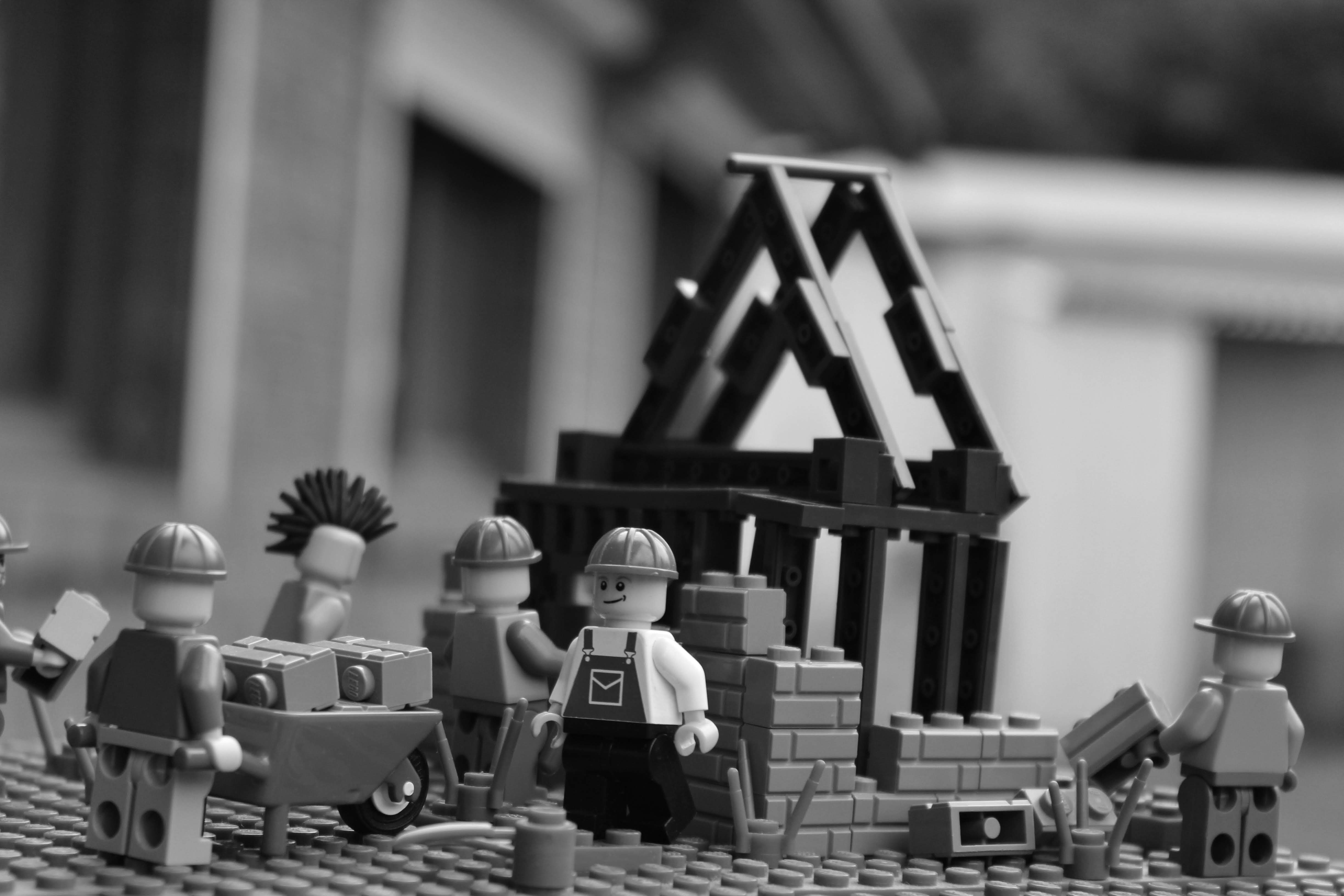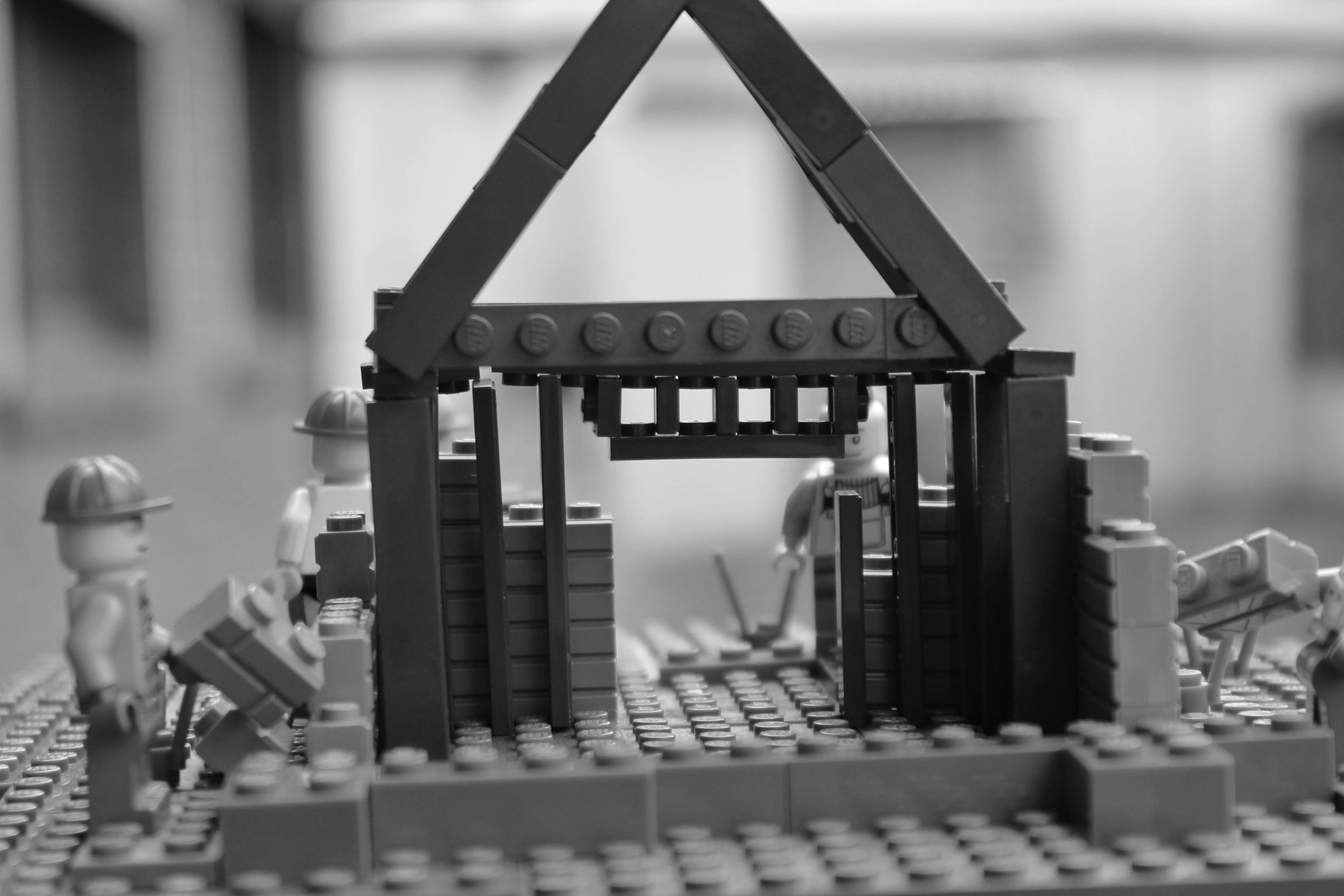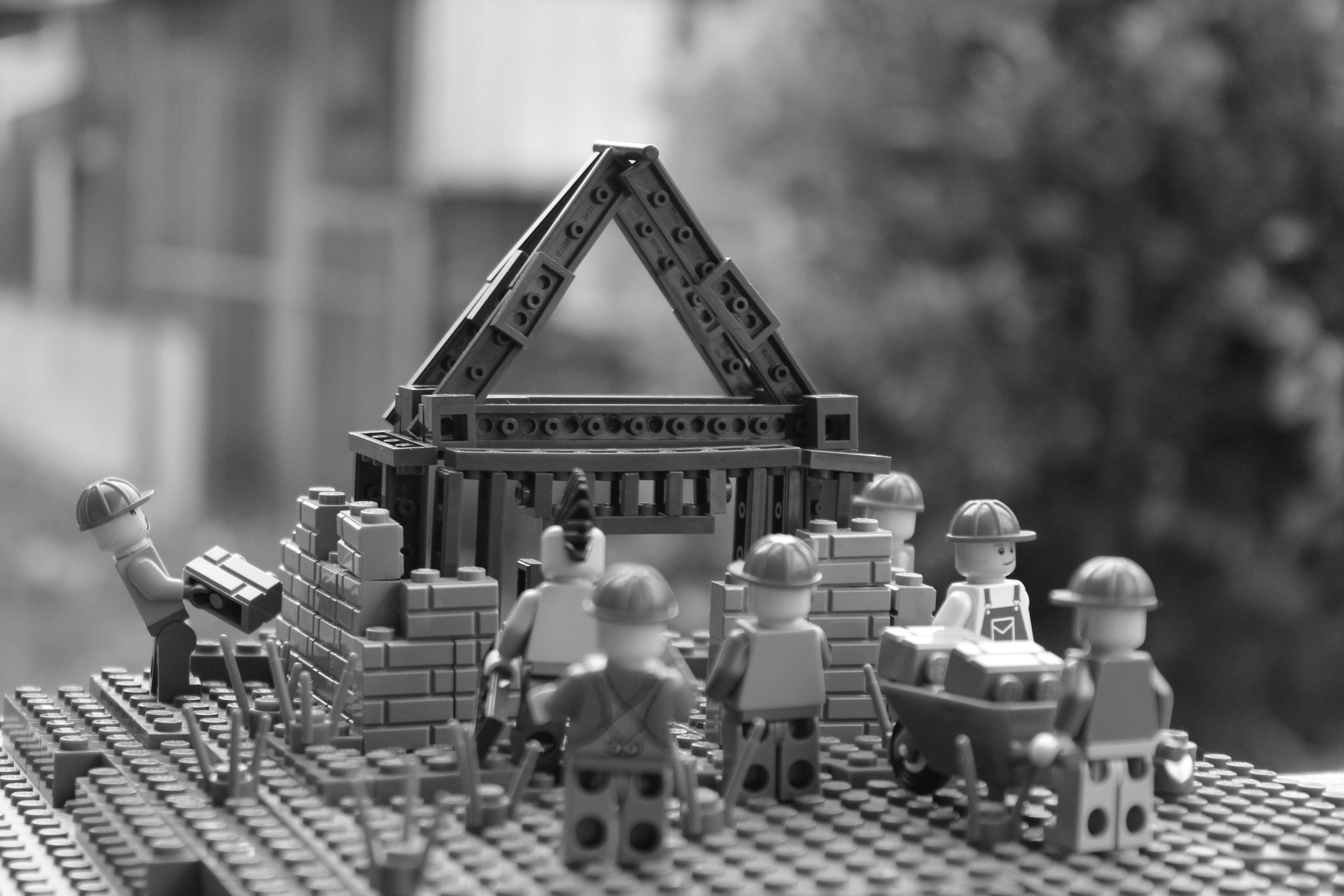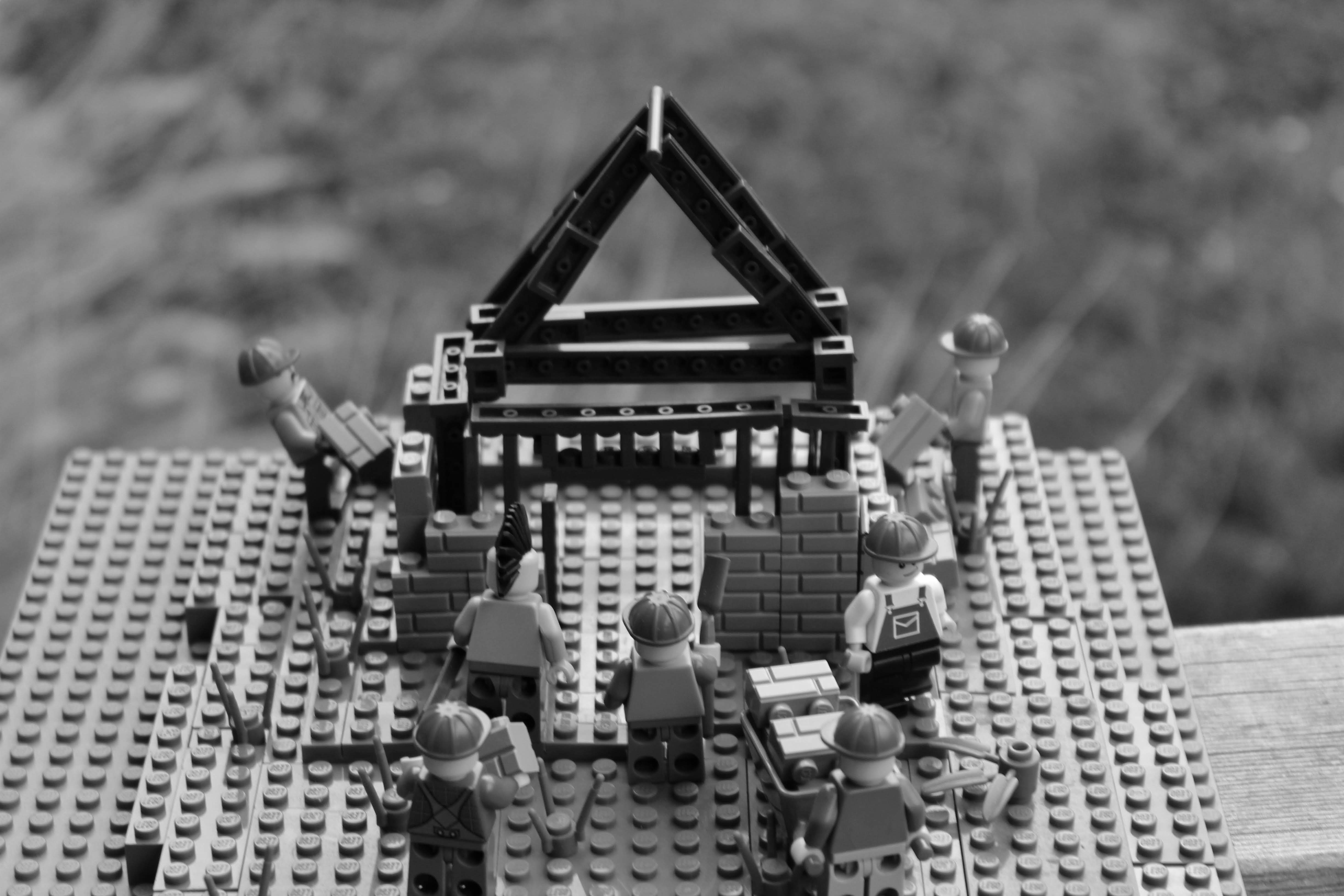Howard C. Stevenson from Penn’s Graduate School of Education indicates three steps to address these harmful discourses as they enter your classroom.
- Start with you – Process your own feelings, and address your own vulnerabilities before entering the classroom. Develop a support system with your colleagues.
Practice – Classroom reactions usually happen in a split second. Prepare yourself for these instances by role-playing with colleagues in your building, or online with your PLN.- After an incident – Resist the urge to condemn the action or content. First try to understand the motivation if is disseminated through your classroom or building. Allow the school’s code of conduct to address instances where students actively spread this information. Strongly explain to students that these harmful discourses and the messages being spread about individuals and groups are not accepted. You will not accept the silencing of voices.
- Keep talking – After these events, the best course of action is to keep talking. Difficult discussions will often ensue, but children and adults alike need to be able to process their feelings and reactions. This is an opportunity to shut down and be silent, or engage and promote change.
Month: July 2018
Many Americans — especially conservative Americans — do not trust contemporary news organizations. This “crisis” is well-trod territory, but the focus on fact-checking, media literacy, and business models tends to obscure three features of the contemporary information landscape that I think are poorly understood:
- Differences in worldview are being weaponized to polarize society.
- We cannot trust organizations, institutions, or professions when they’re abstracted away from us.
- Economic structures built on value extraction cannot enable healthy information ecosystems.
Marginalia
Doctorow creates these oppositional positions to make a point and to highlight that there is a war over epistemology, or the way in which we produce knowledge.The reality is much messier, because what’s at stake isn’t simply about resolving two competing worldviews. Rather, what’s at stake is how there is no universal way of knowing, and we have reached a stage in our political climate where there is more power in seeding doubt, destabilizing knowledge, and encouraging others to distrust other systems of knowledge production.
As the institutional construction of news media becomes more and more proximately divorced from the vast majority of people in the United States, we can and should expect trust in news to decline. No amount of fact-checking will make up for a widespread feeling that coverage is biased. No amount of articulated ethical commitments will make up for the feeling that you are being fed clickbait headlines.
It doesn’t take a quasi-documentary to realize that McDonald’s is not a fast-food franchise; it’s a real estate business that uses a franchise structure to extract capital from naive entrepreneurs.
no amount of innovative new business models will make up for the fact that you can’t sustain responsible journalism within a business structure that requires newsrooms to make more money quarter over quarter to appease investors. This does not mean that you can’t build a sustainable news business, but if the news is beholden to investors trying to extract value, it’s going to impossible. And if news companies have no assets to rely on (such as their now-sold real estate), they are fundamentally unstable and likely to engage in unhealthy business practices out of economic desperation.
ROI capitalism isn’t the only version of capitalism out there. We take it for granted and tacitly accept its weaknesses by creating binaries, as though the only alternative is Cold War Soviet Union–styled communism. We’re all frogs in an ocean that’s quickly getting warmer. Two degrees will affect a lot more than oceanfront properties.
There are three key higher-order next steps, all of which are at the scale of the New Deal.
- Create a sustainable business structure for information intermediaries (like news organizations) that allows them to be profitable without the pressure of ROI.
- Actively and strategically rebuild the social networks of America.
- Find new ways of holding those who are struggling.
Trust cannot be demanded. It’s only earned by being there at critical junctures when people are in crisis and need help. You don’t earn trust when things are going well; you earn trust by being a rock during a tornado.
📓 DigiCon18 Sparktalks
Even superheros need partnerships now and then
Research says that quality professional learning is situated in context. Partnerships can help support this.
Types of partnerships might include other schools, parents, the wider community, industry, external education services and tertiary institutions
Ways to initiate partnerships: Google it, make a phone call, chat to leadership, contact central office, connect with a PLN and go to social media.
Robert Roe: We all have stories to tell
Robert Roe: We are more involved in education than we always appear, how then may we capture this journey over time?
Libby Downey: sharing her journey to digital portfolios
Libby Downes: It is useful to develop your own permission forms to address the questions of your particular context
Libby Downes: On the diff between free and paid SeeSaw incl activity, rolling over of data and analytics
Sharing the power and importance of being enthusiastic
If you are going to run lunchtime code clubs let it evolve. Set basic standards, such as creating, constructing and being nice.
40 years in 26 minutes
We have always been integrating technology, whether it be codifying data i.e. the alphabet
Weaving machines were programmed with cards
Been improving computer literacy of teachers since 1982!
ACEC conference in 1983 with a session on … artificial intelligence
Back in the 90’s, kids could save shopper dockets to get computers
In 1995 CSF was released
Typing labs came back with computer labs
In the 2000’s we had the Smartbooad war
Now you can buy Commodore64’s again. Are we back at the beginning?












Gutenberg is ushering in a slew of changes in how themes will work best, so if there is a good time to change something like a css class, why not now?
In this inaugural episode of Reclaim Today we go full meta and discuss why we’re starting this and what we hope to get out of it.
As Aral keeps saying to me (and I reluctantly agree), we have to do these things the hard way so we can work out how to make them easier. It is the essence of what we’re trying to achieve at Ind.ie.
I am not being defeatist when I say that these tasks are often beyond my means. Beyond my means in financial cost, ability, time, and confidence.
I like this in part, but also find the workflow a little annoying. I wish it were more integrated with my site. That is what interests me about Chris Aldrich’s work.
There is little to no clear research of the impact of classroom design on student achievement and with so many variables to consider, I don’t think there is a single optimal classroom design for all students and educators. Having said this, based on what I have read and the conversations I have had with people I work with and online, I think I will try to keep the following in mind when I work with teachers to redesign or reflect on classroom design:
- Be specific on the problem, purpose of the change, strategies to implement, and markers for success. Without doing this, how will we know our time, efforts, and money are making a difference?
- Keep some desks*. I am not saying you need to keep all of them but before making big changes, switch up a portion of the class and leave a good number of desks for those students who need their own personal space. *Note that this is more for grade 2/3 and above as many early primary classrooms have not used desks for years and lessons/instruction take place at the carpet.
- Use small tables. Large tables actually take away from flexible seating as they present only one or two options for students. With smaller tables, you can put them together or move them apart as needed. If you are buying tables, you can also get tables that can be raised or lowered based on the need to stand or sit.
- Offer comfortable areas. When starting small (in elementary/middle), for quiet reading, students may enjoy a bean bag chair or a bucket chair. Be clear with students the purpose of these areas so that when there is instruction or individual or small group work occurring, these are not used.
- Offer seating options (stools, standing desks). You need not change your whole classroom to offer some seating options for students who may benefit from self-reg tools. Start with a few stools and some standing desks (or small, tall tables) to and see if student learning and achievement benefits from this. If we have evidence of increased success for an individual with a certain tool from past years/teachers, please embrace this as to go back to a standard chair may make the learning more difficult for the student. We can build on evidence from past success/struggles.
- Fail small*. One of the most common mistakes I have made is making significant (large) changes and waiting too long to see if it is working. If you have a clear understanding of the purpose and the strategies, use the defined success markers to see if what you are doing is effective. After a short time (weeks or 2 months), check to see how the strategy is working. If it is working… keep going, if it is not, stop and pivot. I have tried and observed classroom design that actually hindered learning so it is important to know the impact of the strategy. *HT to Simon Breakspear for helping me with this.
Although I have long left my Wikity, one of the practices that continues is the interlinking within my work. I often link back to other posts. I kind of see this sort of activity as about maintaining my memory.
I was really taken by this quote by Ryan Holiday:
As a researcher, you’re as rich as your database. Not only in being able to pull something out at a moment’s notice, but that that something gives you a starting point with which to make powerful connections. As cards about the same theme begin to accumulate, you’ll know you’re onto a big or important idea.
As a researcher, you’re as rich as your database. Not only in being able to pull something out at a moment’s notice, but that that something gives you a starting point with which to make powerful connections. As cards about the same theme begin to accumulate, you’ll know you’re onto a big or important idea.
- Prepare long before gameday
- Learn to search (Google) like a pro
- Go down the rabbit hole (embrace serendipity)
- When in doubt, turn to the classics
- Keep a commonplace book
This continues on from Holiday’s past reflections associated with the processes of writing. It also touches on the importance of a ‘commonplace book‘.
Food historians have pointed to the province’s hot and humid climate, the principles of Chinese medicine, the constraints of geography, and the exigencies of economics. Most recently neuropsychologists have uncovered a link between the chili pepper and risk-taking. The research is provocative because the Sichuan people have long been notorious for their rebellious spirit; some of the momentous events in modern Chinese political history can be traced back to Sichuan’s hot temper.
The act of eating chili peppers is an acquired taste in Mexico. Children do not come out of the womb craving a scorching hot cuisine. They’re trained, by their families, to handle the chili’s burn with small doses that gradually increase.
Personally, I love chilies, but never remember been ‘trained’ when I was young. I think I like the sensation of experiencing what I eat, not just tasting it.
About half of Google’s workers are contractors who don’t receive the same benefits as direct employees
The very teachers who read William and nod vigorously about the need to know stuff before you can understand or do stuff in the context of curriculum are unable to draw parallels between their dismissal of digital technology and their own lack of knowledge about it. Rather than finding virtuosity and pride in learning about how what technology works best and in what context—so as to be able to discern the best tool for particular tasks—we seem happy to eschew whole new toolkits on the dodgy grounds of ignorance and misconception.
Technology can be done well as well as badly. What I am arguing is twofold: firstly that the many of the reasons commonly given against the use of technology are really not very good and betray a fundamental misunderstanding about how technology works to support teaching and learning; and, secondly, that you would be a much better critic of technology if you knew more about its application and its impact, both positive and negative.
This comes back to the importance of why and having a framework to guide you. For a different perspective on technology in the classroom, read David Perry’s thread.
Millions of publications—not to mention spy documents—can be read on microfilm machines. But people still see these devices as outmoded and unappealing. An Object Lesson.
So I am wondering if we for once and for all, can we all agree that there is no such thing as a girl or a boy book? That kids need to be exposed to characters that inspire them, no matter their gender. That kids need to be exposed to characters that will expand their worldviews and invite them into new worlds that they knew little of before, no matter their gender. That kids need to be exposed to great books, without us adults thinking that they will only read a certain type of book based on what we see in front of us.
We must give them a chance to experience more than what they are. Books allow us to do just that, but not if they never read them. Not if we never recommend them. That’s on us, which means we can change it, so let’s do that starting now.










